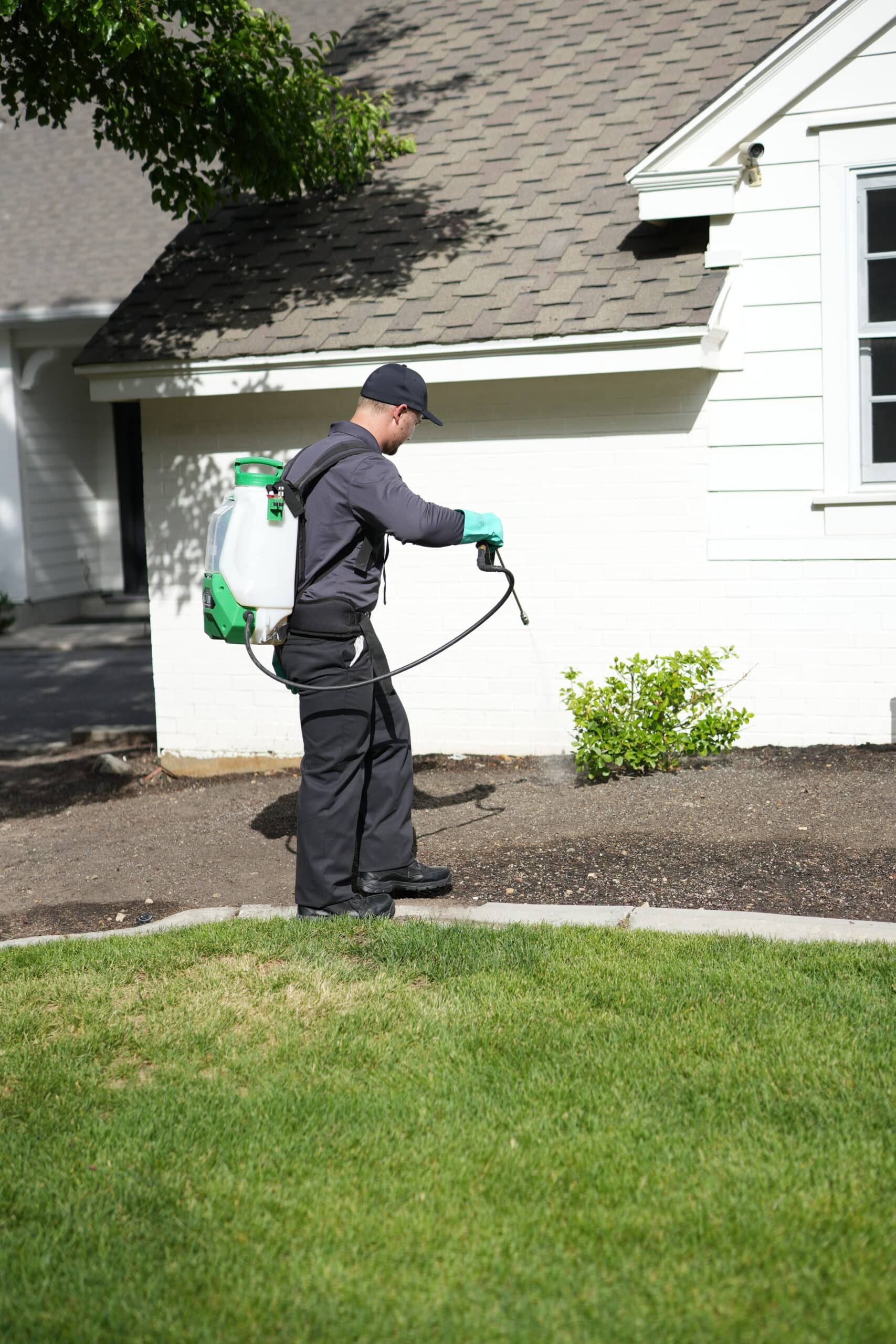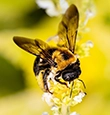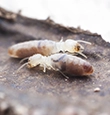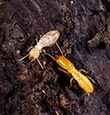Wood-Destroying Insect Facts & Information
Hawx is always reliable. Always innovative.
20,000+ 5-STAR REVIEWS
“Connors Trader went the extra mile to make sure he listened to our needs regarding the ant problem we had.”
- Larry
“He sprayed indoors and out, swept my eaves for spider webs and took care of a couple of wasp nests.”
- Rick
“He even sprayed on my deck, which no one else has done.”
- Sue

Discovering an infestation of wood-destroying insects in your home can be pretty shocking. Tiny pests like termites and carpenter ants can weaken your home’s structural supports, cause damage that requires expensive repairs, and even create safety hazards if left unchecked for a long period of time. As with all pest issues, early detection is key to keeping damage (and stress) to a minimum.
Let’s explore the most common types of wood-destroying insects, what attracts them to your home, and how to protect your property from all levels of damage.
Types of Wood-Destroying Insects
Several different insects can wreak havoc on your home’s wooden elements. While termites might be the first to come to mind, carpenter ants, bees, and wood-boring beetles can cause serious problems.
Here’s a quick breakdown of common types of wood-destroying insects:
- Subterranean: Build underground colonies and use mud tubes to reach food sources. This includes the aggressive Formosan termite, which is known for its large colonies and rapid damage.
- Drywood: Infest dry wood and can show up in furniture or wooden fixtures.
- Dampwood: Larger termites that prefer moisture-rich wood (think leaky pipes or damp basements).
Carpenter Ants: These big ants don’t eat wood but do carve out tunnels to build nests. They love damp wood and will forage for sweets, meats, and other insects.
Carpenter Bees: Solitary bees that drill into wood to create nests but don’t actually consume it. They’re often attracted to unfinished or weathered wood surfaces.
Wood-Boring Beetles: A group of beetles whose larvae tunnel through wood, weakening it from the inside.
- Powderpost Beetles: Leave behind a flour-like powder.
- Old House Borers & Deathwatch Beetles: Often target older homes.
- Longhorned Beetles: Recognizable by their long antennae.
The Dangers of Wood-Destroying Insects
When these insects go unchecked, they can quietly chip away at your home’s stability and lead to trouble in multiple ways. Over time, weakened wood may cause sloping floors, cracked walls, or even partial collapses. That level of damage can undermine your property’s value and scare off potential buyers. In severe cases, it can also create safety issues by leaving floors or ceilings dangerously unstable.
While most of these insects aren’t aggressive toward people, carpenter ants might nip if you disturb them, and carpenter bees can sting if provoked—another concern no homeowner wants to ever deal with.

“Wood-destroying insects include carpenter ants, termites, and wood-damaging bees. Since they feed or tunnel in spaces that may not be visible day-to-day, and because several colonies of these pests may be attacking from different spaces, it’s important to call Hawx the moment you suspect you may have a problem. Hawx can also help you develop a strategy for prevention.”
Vice President of Technical & Training Services, Entomologist
Why Wood-Destroying Insects Infest Homes
Certain factors can make your home appealing to wood-destroying insects:
- Moisture: Termites and carpenter ants tend to flock to damp spots caused by leaks or poor drainage.
- Wood Condition: Rotting or weathered wood is easier to penetrate, especially if it touches the ground or other moist surfaces.
- Easy Access: Gaps, cracks, and other openings in foundations or walls can act like open invitations to all types of insects.
- Landscaping Issues: Overgrown vegetation, wood piles, and debris create perfect hiding spots.
- Fungi: Some species feed on or are attracted by the presence of fungi in damp wood.
- Transported Wood: While they may seem like a great find, antique furniture or reclaimed wood can sometimes harbor beetle larvae.
Let Hawx Handle Your Wood-Destroying Insect Problem
When wood-destroying insects threaten your home, you don’t want to tackle the issue alone. Hawx Pest Control uses proven methods and in-depth knowledge of pest behavior to identify, treat, and prevent future infestations of numerous wood-eating insects. Our local experts create a tailored plan for your property, from pinpointing hidden colonies to applying the right treatments around your home’s perimeter.
Contact Hawx Pest Control today for a thorough inspection and personalized strategy to remove insects like termites and carpenter ants and prevent future infestations. We’ll help protect your home from structural threats so you can rest easy, knowing your biggest investment is in good hands.
| Feature | Termites | Carpenter Ants | Carpenter Bees | Wood-Boring Beetles |
|---|---|---|---|---|
| Diet | Cellulose (wood) | Do not eat wood; feed on insects, honeydew, sweets | Do not eat wood; feed on pollen | Wood (larvae) |
| Damage | Eat wood from the inside out, creating tunnels and weakening the structure | Excavate wood to create nests, leaving smooth tunnels | Bore into wood to create nests, leaving round entrance holes | Larvae create tunnels in wood, weakening the structure |
| Preferred Wood | Varies by type (subterranean, drywood, dampwood) | Moist or decaying wood | Unpainted and weathered wood | Varies by species (hardwoods, softwoods, seasoned wood) |
| Nesting | Underground colonies, dry wood, moist wood | Nests in wood, often moist or decaying | Nests in wood | Within the wood they infest |
| Signs | Mud tubes, frass, damaged wood | Frass (sawdust-like), wood shavings, presence of ants | Round entrance holes in wood | Exit holes, frass (flour-like powder), ticking sounds |
|
Conclusion Wood-destroying insects can cause significant damage. Understanding their types, dangers, and attractants enables you to take preventive measures and eliminate infestations. Regular inspections, prompt repairs, and professional pest control are crucial for protecting your home. Early detection and a multi-pronged approach are key to minimizing damage and ensuring long-term structural integrity. |
||||
Wood-destroying insect Identification: What Are the Main Types of Household Wood-destroying insects?
Wood-destroying insects can vary widely from species to species, so it's important to know how to identify wood-destroying insects that typically invade homes.
Read more about wood-destroying insects
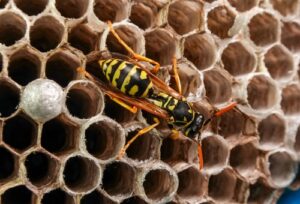
Most Painful Insect Stings – The Schmidt Pain Index
Did you know there’s an official pain scale for insect stings? It is called the Schmidt Pain Index for Stings. It was created by an
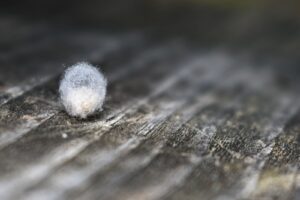
How to Identify & Get Rid of Spider Egg Sacs
Finding spider egg sacs around your home is unsettling, and many people aren’t sure what to do about it. While it’s true that spiders help

Pest Control Experts Warn: Your Jack-o’-Lantern May Attract Unwanted Pests
With Americans purchasing 1.3 billion pounds of pumpkins annually, according to the United States Department of Agriculture (USDA), the seasonal decoration rush creates a massive
